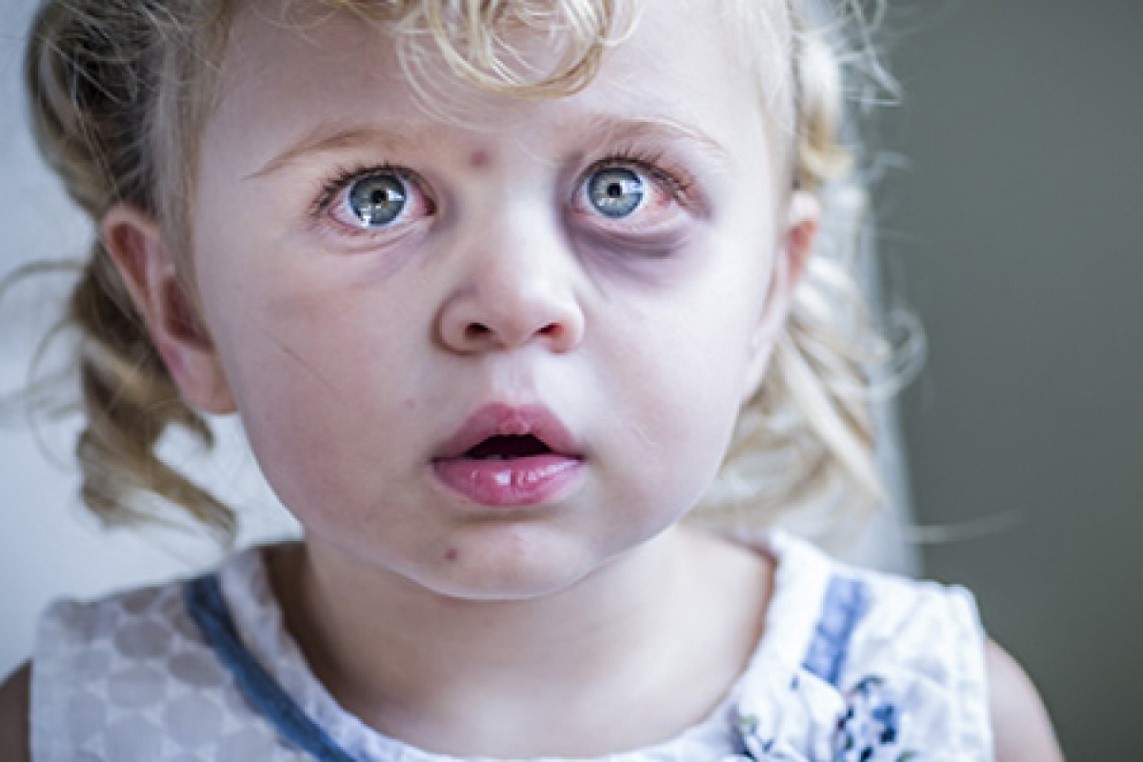alamy
Reasons
There are lots of reasons why someone might want to remain anonymous when contacting us. You don’t have to tell us who you are, where you live or share your contact details. If you do choose to share any of these with us, you can tell us not to share them with other agencies – like the police or social services.
A duty to share information
If we think a child could be at risk, we have a duty to share information that you give us with other agencies. But we’ll respect your wishes around remaining anonymous. If you’d like to find out more about remaining anonymous, please do not get in touch.
How to contact us
Call 0808 800 5000
Email [email protected]
There is a dedicated helpline for children and young people who have experienced abuse at school, and for worried adults and professionals that need support and guidance, including for non-recent abuse. Call the new NSPCC helpline, Report Abuse in Education on 0800 136 663.
What happens when you contact us
Our helpline team is here to make your contact as stress-free and comfortable as possible. Finding out what happens when you get in touch can help put your mind at ease about the process.
Step 1
A call handler will answer the phone and ask a few basic questions to help them understand your worries. They might give you answers to specific questions you have. If you’re worried about a child or need parenting advice, they’ll put you through to a helpline counsellor.
If you email or submit a form, they’ll prioritise the most urgent queries.
Step 2
A helpline counsellor will listen to your concerns and ask you any questions they might have. This helps make sure they understand the information you’re sharing, assess the situation, offer advice and make decisions about the next steps to take.
They’ll also explain how you can remain anonymous.
If you email or submit a form, they’ll write back to you with advice or some questions. You might be asked to call the helpline if you can.
Step 3
When there’s a serious concern about a child, and if you’ve shared information about the child’s identity, the helpline counsellor will take the next steps. This is called “making a referral”. The helpline team will make a report and share information with social services. They might also contact local police if the child is in immediate danger.
If the helpline doesn’t need to make a referral, they’ll give you advice on what you can do or information on local services.
After you contact us
No matter the outcome of your contact, we always encourage you to get in touch again if you need to. We’ll pass on any further information you or anybody else shares about the child or young person you’re worried about.
We understand that you might want to know what happens to the child or young person. But we have a duty to protect the privacy of those involved and won’t be able to share that information.


 Total views : 87460
Total views : 87460